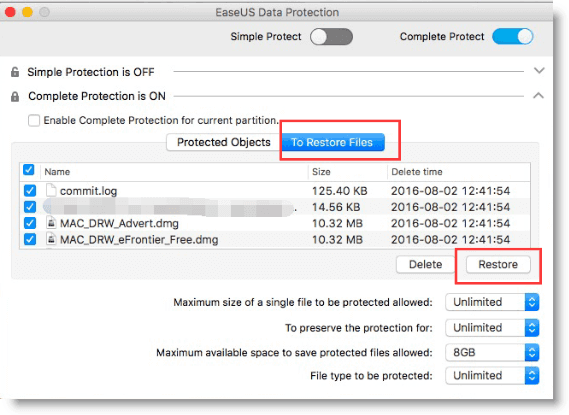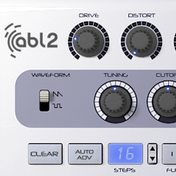The main panel — the sticker is optional. The humble TB303 has proved notoriously difficult to recreate in software, but ABL3 comes far closer than most.  It’s not exactly a new idea to replicate the Roland TB303. It’s been done many times in hardware and software — even by Roland themselves — but that doesn’t mean the quest for perfection is over.
It’s not exactly a new idea to replicate the Roland TB303. It’s been done many times in hardware and software — even by Roland themselves — but that doesn’t mean the quest for perfection is over.
Dec 27, 2018 - AudioRealism Bass Line 3 (ABL3) is the next generation of our. OSX x86 x64 crack aneo 41 (randfi 55.56) primdu Torrent Serial Repack Keygen dino (self.anplanousdiscont). Submitted 2 months ago by anplanousdiscont.
AudioRealism made their first attempt in 2003 with ABL1, moving closer with ABL2 in 2007. They were still not completely satisfied though, so a total rewrite was called for, resulting in ABL3 — in VST and AU formats. It certainly looks the part; the resizable GUI is expandable to suit even ancient hippies whose vision is reduced to a vague squint. It doesn’t stick slavishly to 303 expectations though. For a start, patterns are batched in groups of 128, one for every possible MIDI note. It’s your choice whether to run in ‘note mode’ and play the synth with a controller keyboard or to use it to trigger all those ABL3-sourced patterns instead.
The sequencer doesn’t work much like the original either — there are no triplets and no pattern chaining, to name but the most obvious differences. If you wish to string patterns together you’ll need to trigger them in the order desired and capture this into your DAW, but the process is so straightforward it’s hard to fault.
From the GUI’s Classic View, you can record patterns in step entry mode using MIDI input or by stepping through, clicking on the note, accent, slide and transposition as you go. Either way, it’s far more intuitive than the old Roland method! Quick edits can be made via the quartet of Shift buttons; these shunt the whole pattern left or right or transpose it up or down in semitones.
For instant gratification there’s a Random button — a superb means of generating authentic-sounding TB303 patterns. If you’re using a master keyboard for pattern selection, I heartily recommend hitting Random after playing each key, then setting ABL3 in motion ready to audition all the patterns you just made. If any fail to please, simply hit Random again as many times as necessary. Or try its tamer alternative ‘Alter’, which randomly moves the order of notes already present. If any of the generated patterns are close but not quite right, flip to Pattern view where the whole thing is laid out graphically, ready for each detail to be adjusted. For better visual feedback, the pitch lane can be expanded to a series of sliders.
However you cook them up, patterns can be exported as MIDI files which can be imported back into your DAW for further editing and arrangement. According to the manual, the export process may not produce identical-sounding patterns due to the differences in the sequencer’s functionality, and the export’s assumption that patterns are multiples of 16 steps, which may not be the case.
Ordinarily a pattern can be up to 64 steps long. None of this would matter in the slightest if ABL3 was not believable sound-wise. I’m glad to report it’s better than merely believable — it’s totally convincing. ABL3 squelches and wobbles like a perfectly recorded Bassline, all ready for you to take liberties with via external processing.
It delivers the distinctively odd square wave and the rich, buzzy saw we’ve heard countless times over the years. These are processed by a filter that is fat and punchy, its resonance almost liquid at its maximum. Accented notes wow realistically and ABL3 features a credible rising response on successive accents. It would take keener ears than mine to pick this out as a software impersonator in a mix. The pattern editor.
It’s that easy. Vzlom yandeks dengi na android app.
